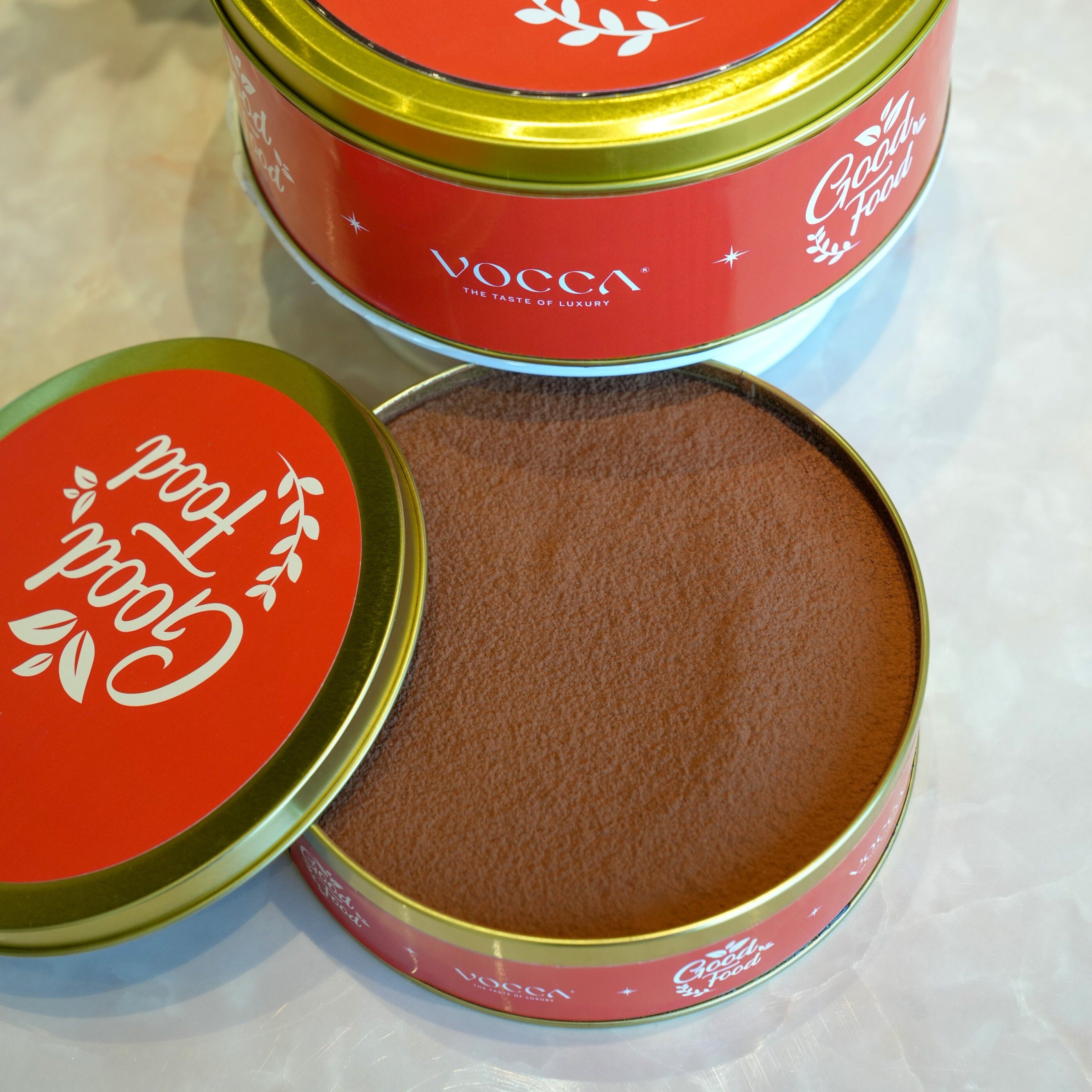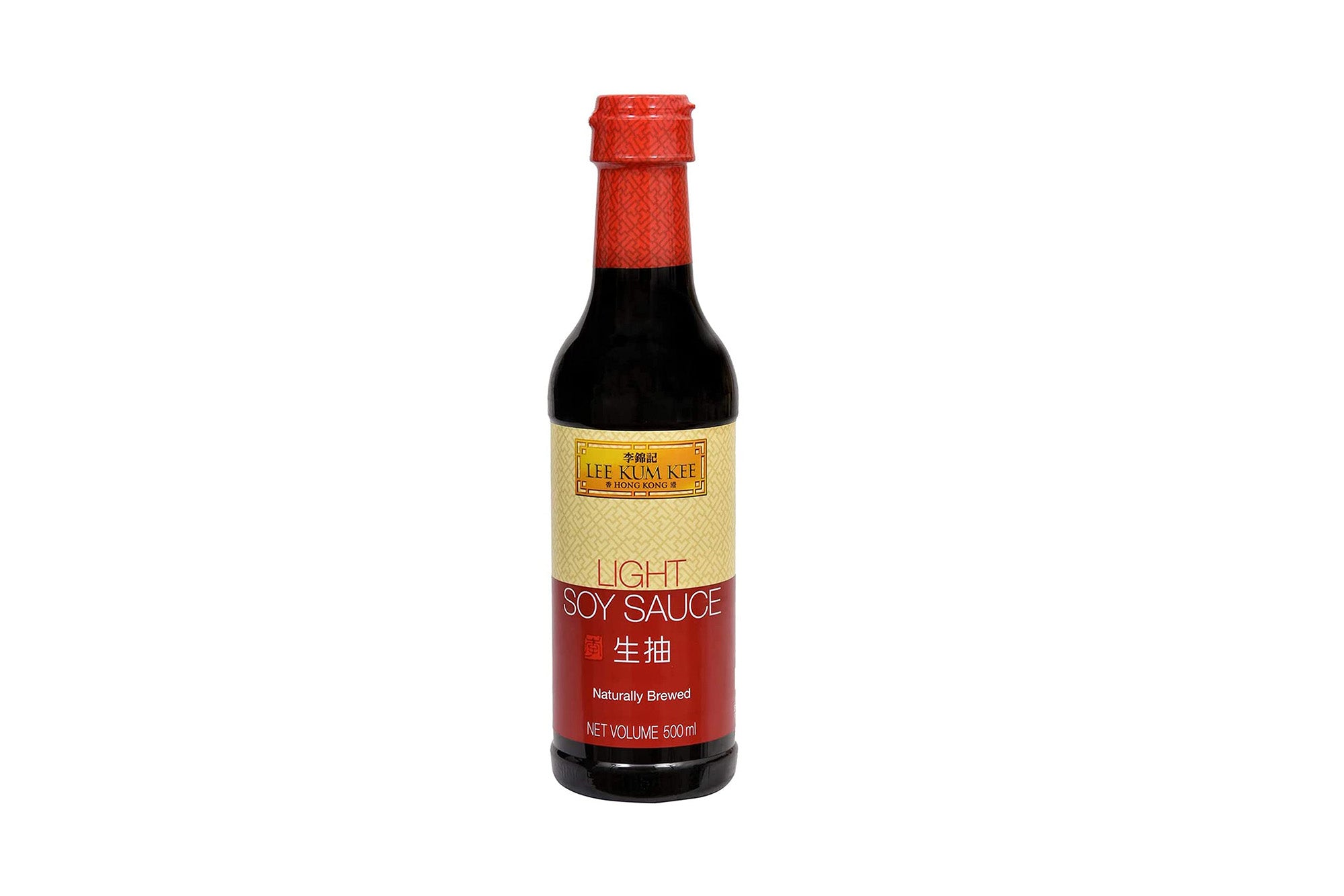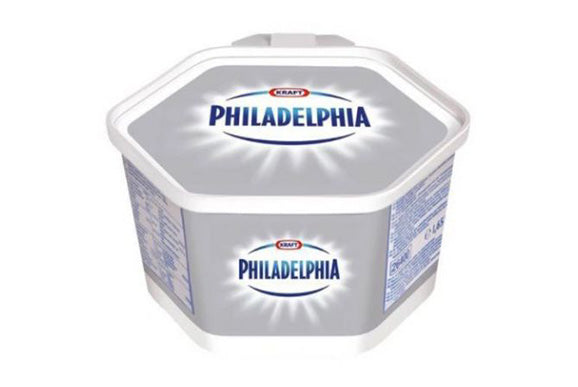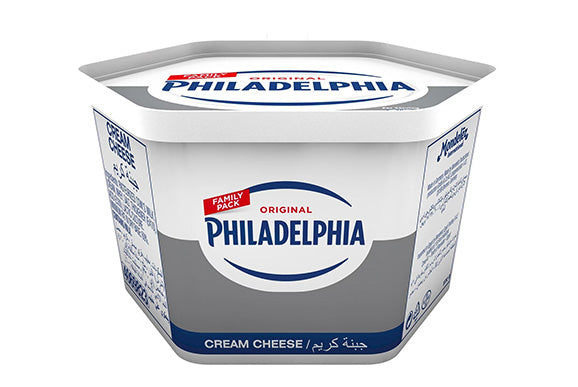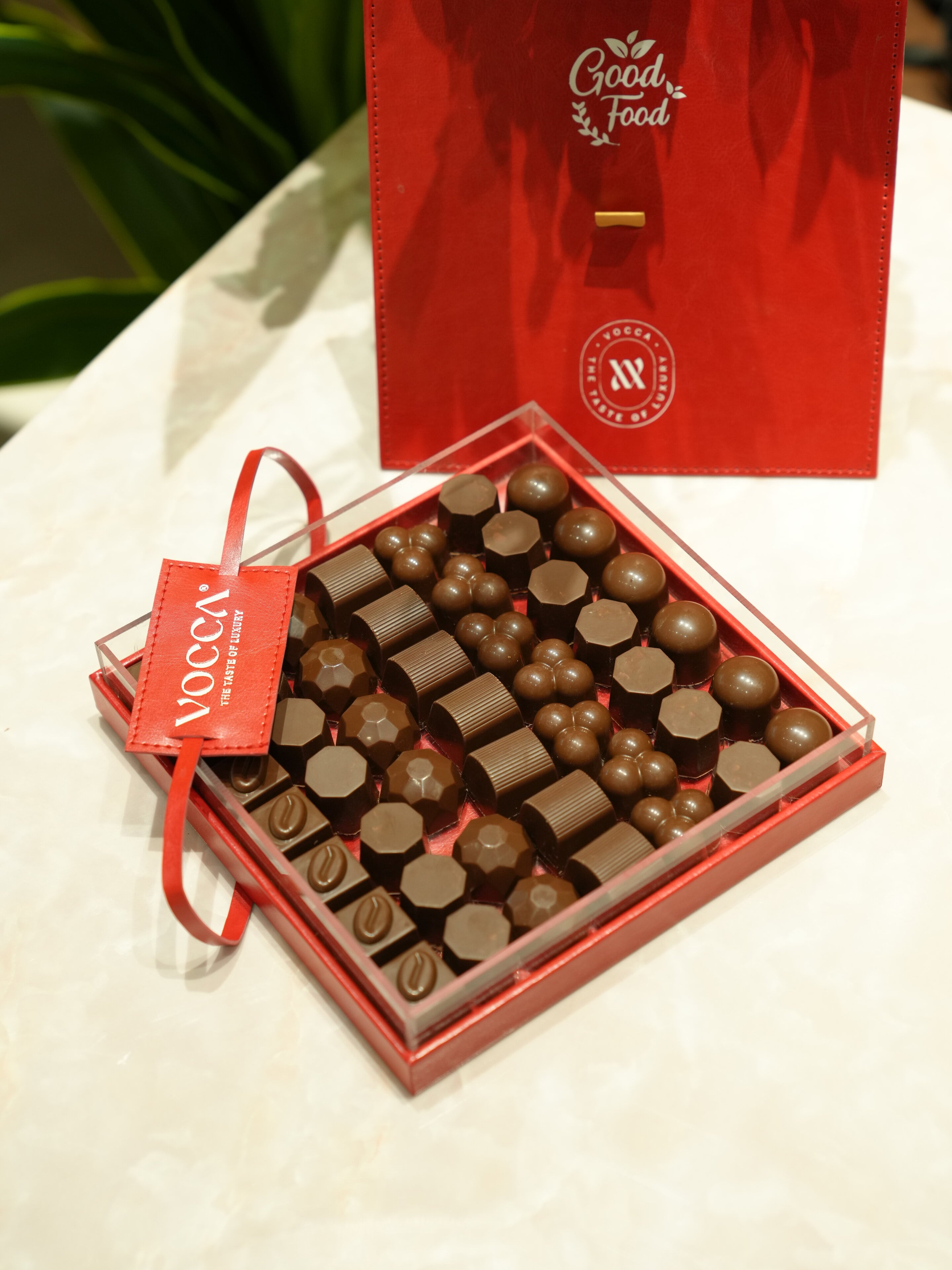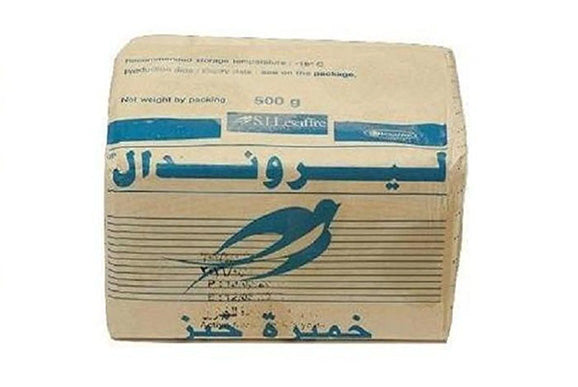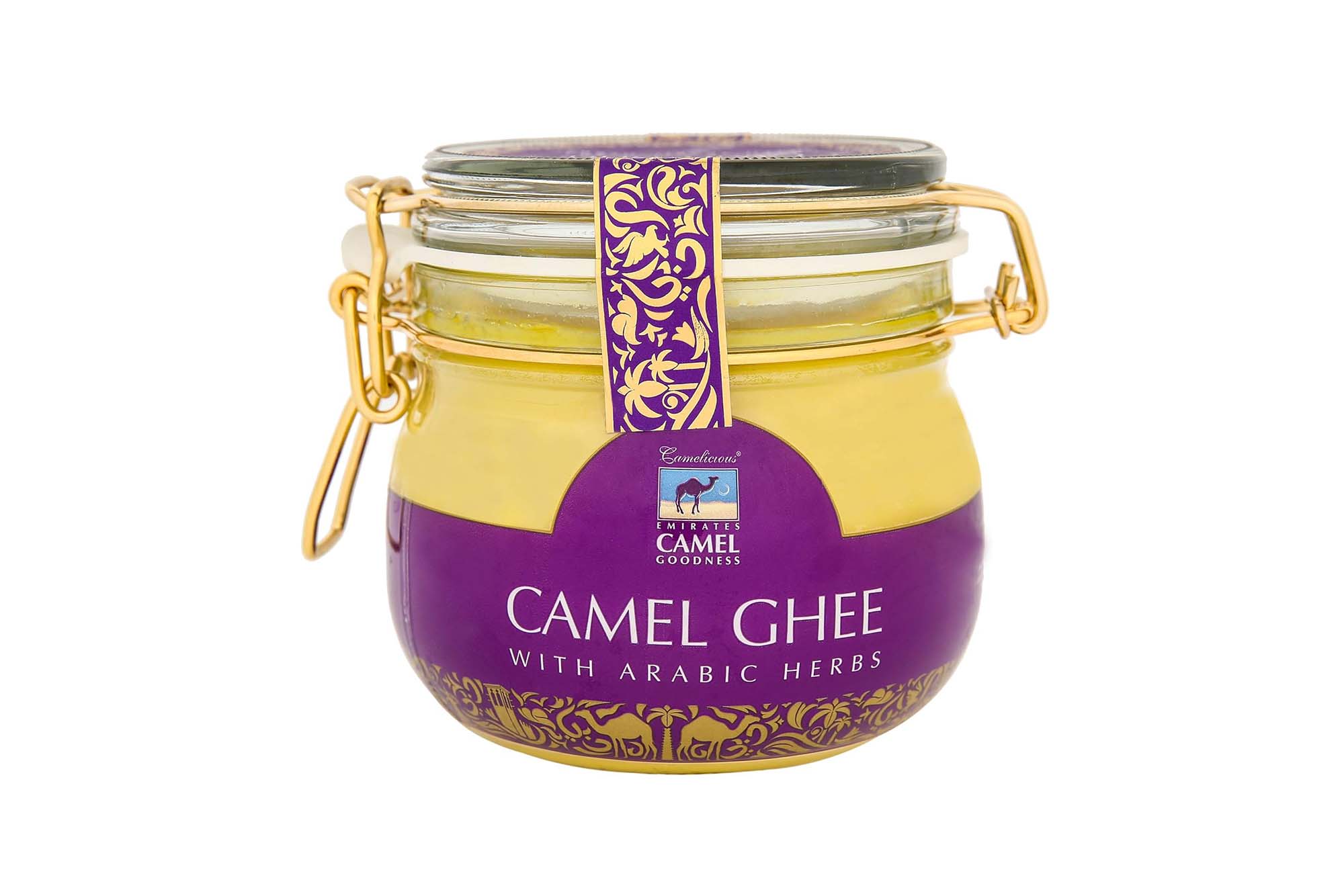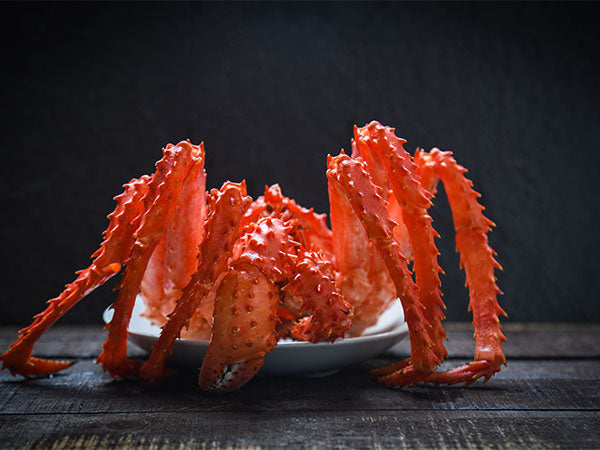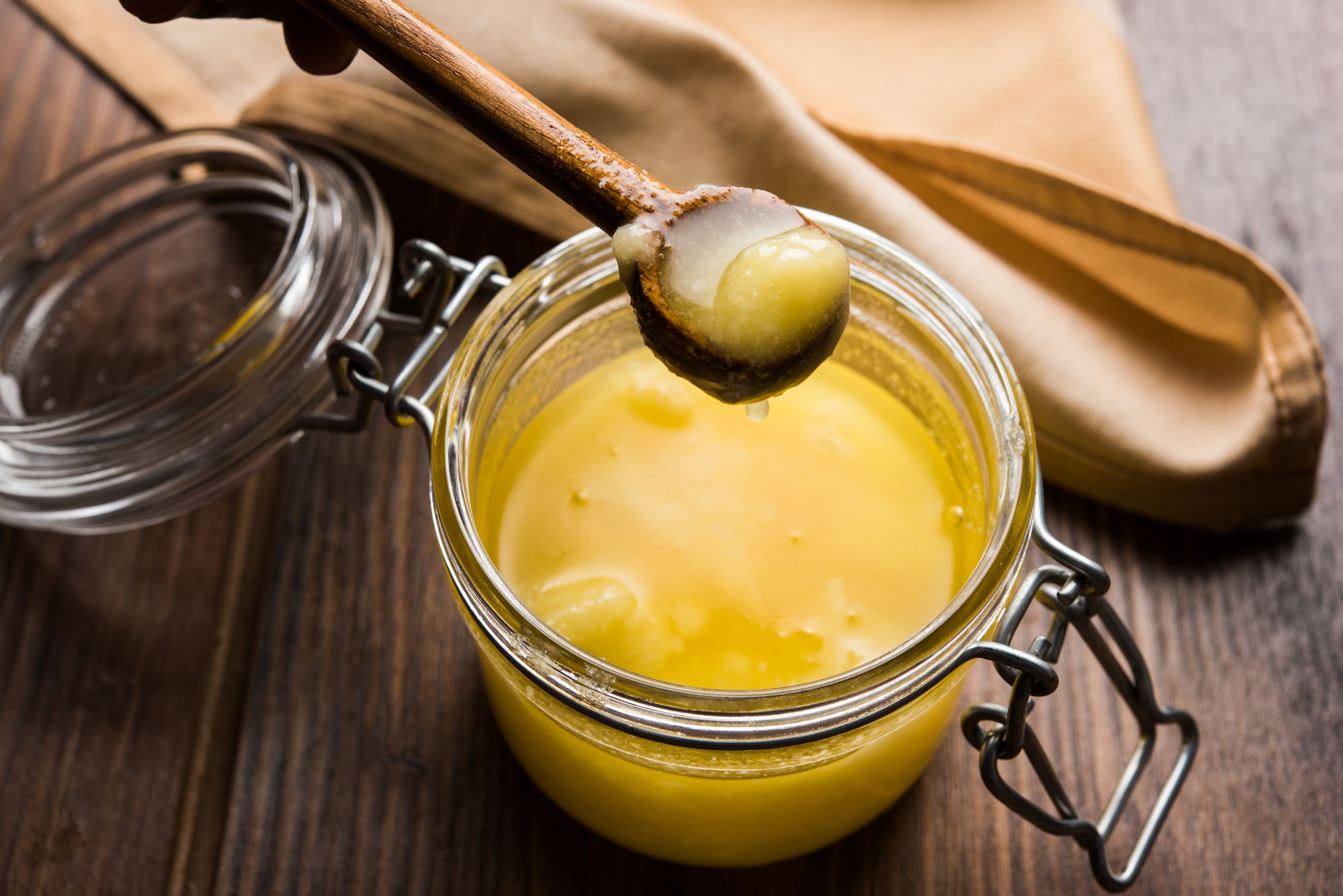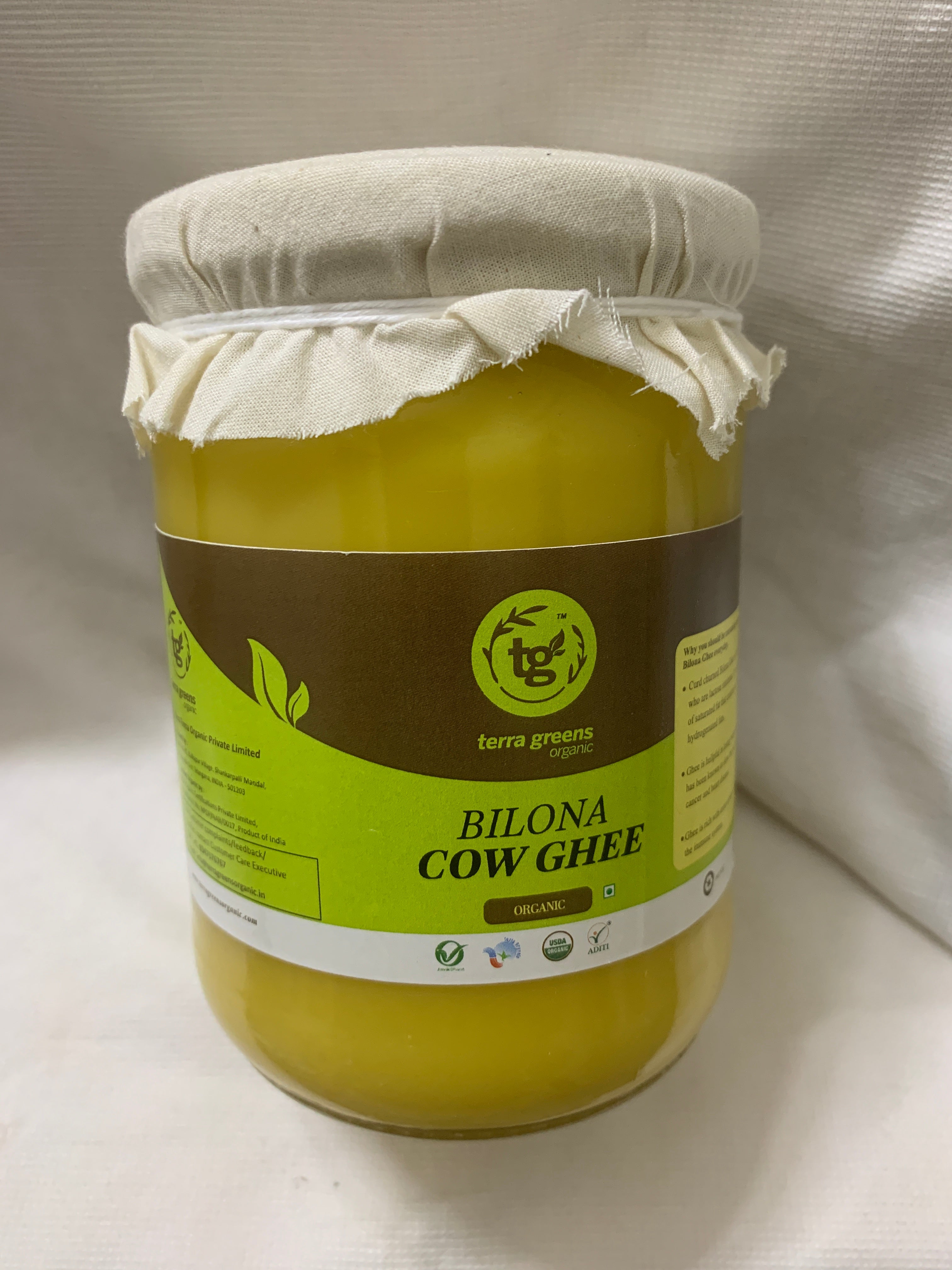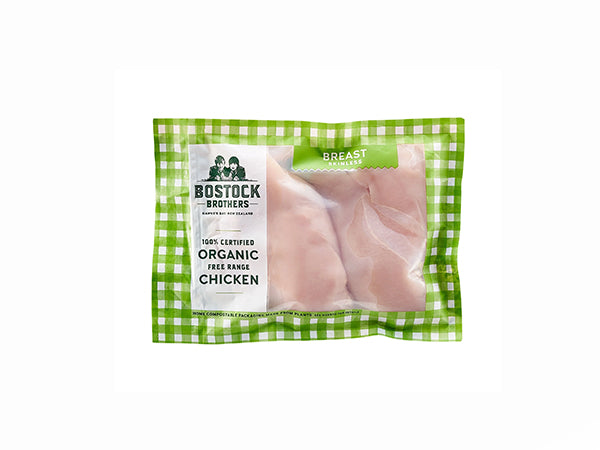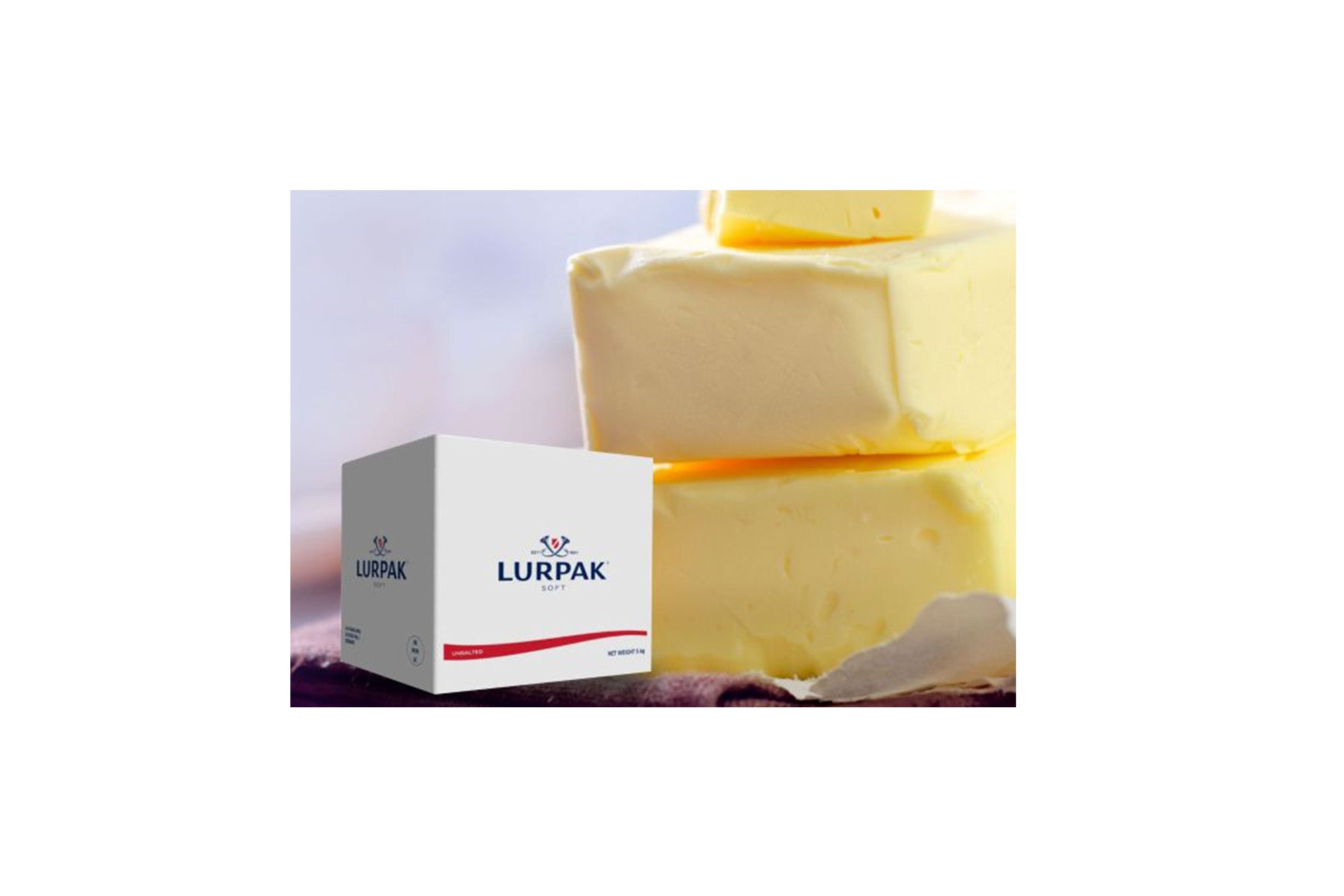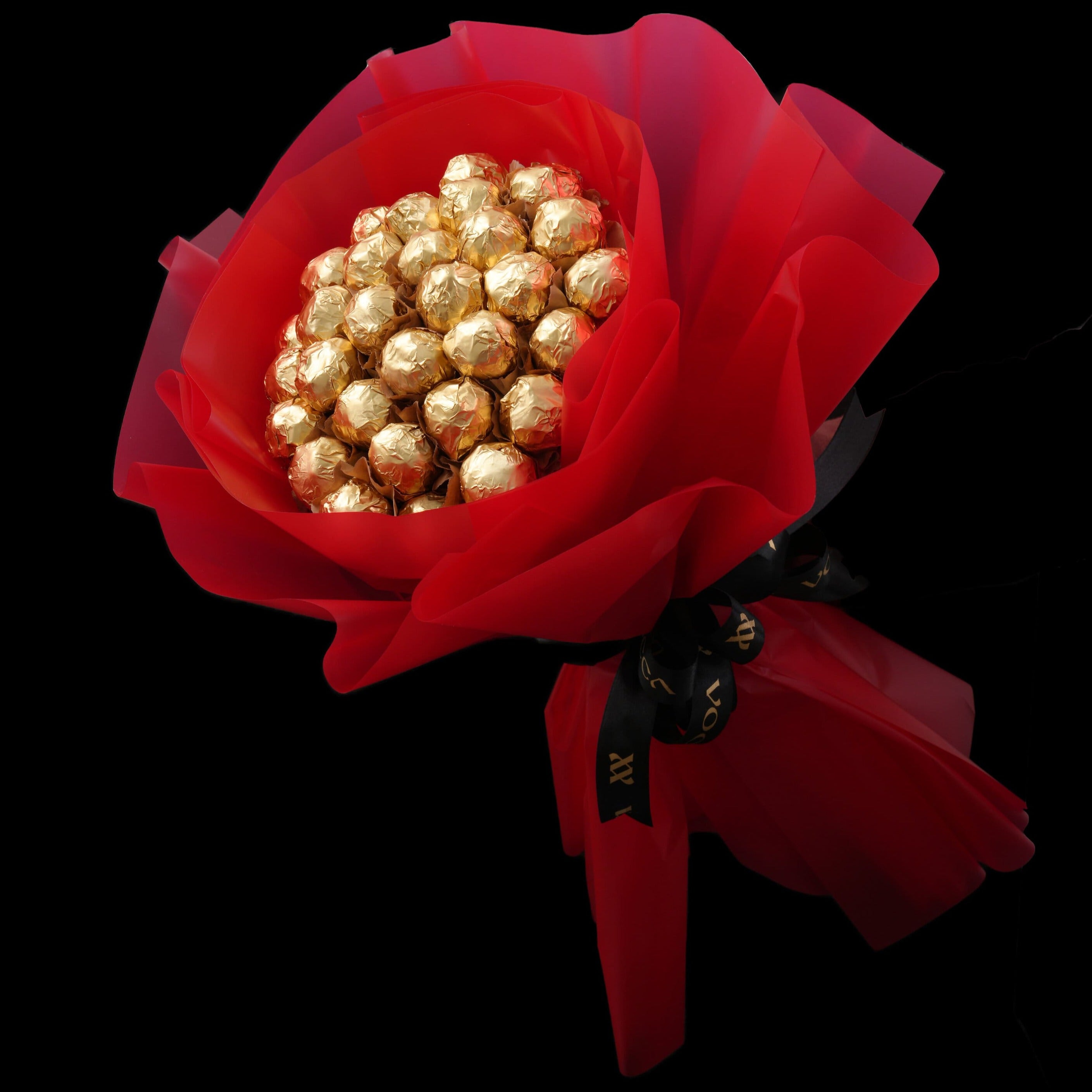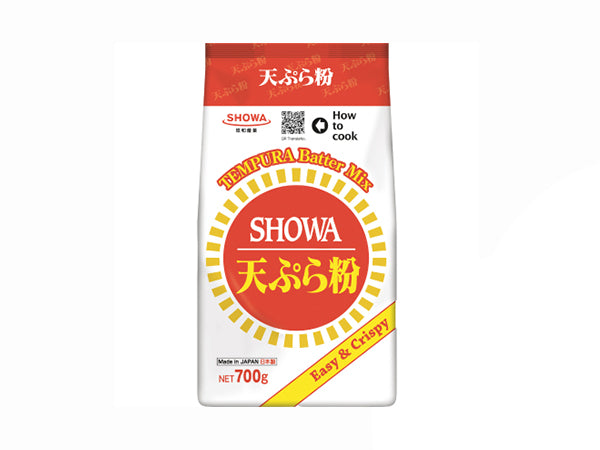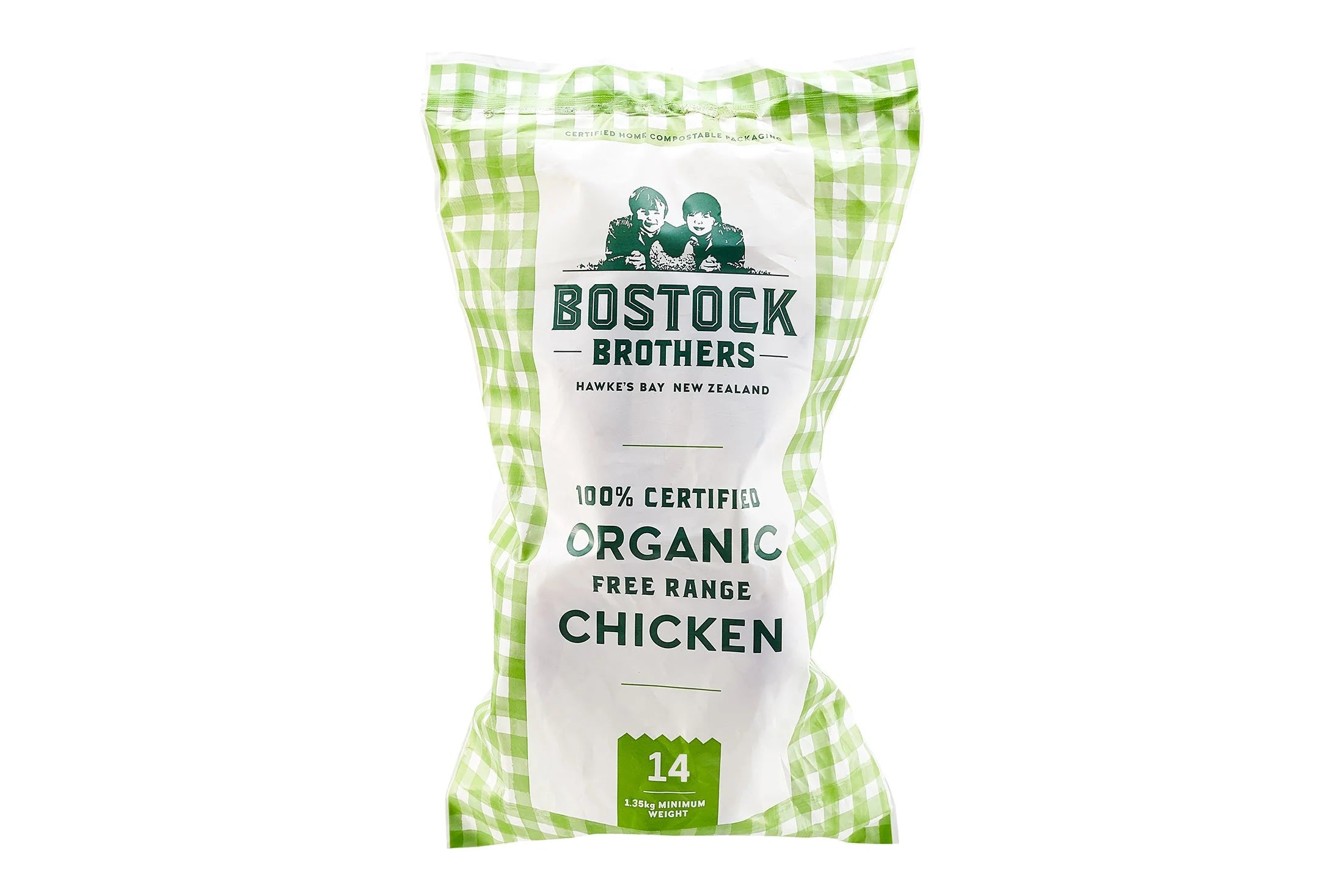Middle East Fuji International Trading LLC brings Japanese premium fresh fruits in season year around. Please enjoy the best quality fruits from a far east island. It is not just delicious but you are what you eat.
Amaou Strawberry

Amaou strawberries are in the Rosaceae family and are large, round and well-formed. Their surface is glossy and red. They give off strong berry sent which enhances your taste buds, makes it mouth- watering, coupled with high juice content. The acidity of Amaou is slightly less than the other varieties. This resulted sweetness combined with large size give great enjoyment when devoured whole. Amaou strawberries are produced exclusively in Fukuoka Prefecture. This controls the consistent high quality and helps maintain the status of Amaou strawberries as a brand. Amaou strawberries are great for eating simply fresh and it is the most popular strawberries in Japan.
Pearl White Strawberry

Pearl White was registered as a new strawberry variety in Japan in 2013. The fruit are white, with red pips, and are smaller than typical strawberries. Their light, smooth juicy texture brings excellent balance with their strong fragrance and sweetness. You can smell the scent from a few meters away! They have sugar content of over 13 degrees Brix. The number of growers are highly limited, and Pearl White strawberries are very popular and sought after.
Dekopon Citrus

Dekopon is a citrus fruit from Japan and it is a cross between a Kiyomi tangor and a Ponkan mandarin orange. Dekopons can weigh up to a pound each and they have a characteristic large bump on one end, and thick bumpy skin. Despite this, they are easy to peel like many mandarins, and have very thin membranes covering the firm, seedless flesh. Dekopons combine a mandarin-tinged sweetness with a tart acidity. They are usually left for a period of 20 – 40 days so that the level of citric acid in the fruit lower while the sugar levels increase, to make more appealing taste for the market. Only products with sugar level above 13 degrees Brix and citric acid below 1.0% can be sold with the name Dekopon. Many people claim that Dekopon is the most delicious citrus available today.
Crown Melon

The best muskmelons are grown in Shizuoka Prefecture. They are grown with exquisite care and attention to details. Muskmelons yield many cracks on its skin as it outgrows itself, but the cracks will fill itself with melon’s own sugar creating the reticulation that is the web on its skin. The finer the reticulation the juicer and tastier the melon. The quality of the reticulation depends heavily on how much and often the plants are watered. At the time of shipment, Crown melons are carefully packed in a box and carried to the picking-up point. There, the quality of the freshness, sugar content, flavor and ripeness are checked by dedicated examiners. The crown label is attached on the melons that passed the strict inspections. The producer number is listed on the label to be able to trace the producers. This label is the proof of melon quality and the pride and confidence of the producers.
Loquat

The best loquat variety “Nagasakiwase” is produced in Nagasaki Prefecture. It is oval, rounded shape covered by fibrous orange-yellow peel. The flesh is rich and juicy and a perfect sweet and sour balance with a unique flavor. It tastes alike mango cross peach. It is delicious eaten fresh, stewed, preserved, dried and the roasted seeds can be used as a coffee substitute. Loquat is known to sooth the digestive and respiratory systems in Asia medicine history. It is one of the few fruit trees that bear fruit in Spring.
Sun Egg Mango

Tropical fruit Mango is grown in Miyazaki Prefecture, thanks to its subtropical climate. Mango farmers there found ripe mangos fallen on the ground were delicious and they came up with a new idea of placing a net under each mango so that it wouldn’t fall after ripening. Sun Egg mangos are picked when they are at their best off the tree, namely when the ripe mangos have naturally fall. The fruit is soft and rich with an exceptional sweetness. A pair of Sun Egg ties record, fetching JPY400,000 (about AED13,800) at season’s first auction in 2018!
Sato Nishiki Cherry

Sato Nishiki is a Japanese variety that is a cross of Kidama and Napoleon, and it is the most well-known and expensive cherry in Japan. Sato Nishiki offer the trifecta of taste, aesthetic appeal and long shelf life. Fruit is brilliantly ruby-red and has good balance of acidity and sweetness. Sato Nishiki cultivation is highly labor intensive and the fruit is extremely sensitive to rainwater. Cracking occurs when rainwater is absorbed through the skin of cherries via osmosis and as the cells beneath the skin expand, the skin raptures resulting in an open would on the cherry. Sato Nishiki is synonymous with the summer in Japan.
White Peach

The most famous variety of Japanese peach is Shimizu White Peach grown in Okayama Prefecture that is known as the birthplace of delicious peaches. With a distinctive fragrance, white peach is milky white in color. The skin is velvety, and the flesh smoothly and gracefully melts in your mouth. Very juicy, sweet and little acidity, white peach is truly refreshing. Momotaro, one of Japan’s most noble and semihistorical heroes, was born from within an enormous peach. Momotaro or “peach boy” went on to fight demons and face many adventures.
Ichinomiya Peach

Peaches were introduced from China as early as 300BC. Japanese peaches have been produced as a result of various breed improvement. They are generally larger and softer than the Western peaches and their flesh is usually white rather than yellow. Ichinomiya peaches are grown in Yamanashi Prefecture, the largest peach producing area in Japan. Ichinomiya peaches are widely used in desserts, however, they are best eaten fresh. So rich, sweet and juicy, you cannot stop once you eat it.
Seedless Kyoho Grape

Kyoho grapes are known as “the king of grapes” and are one of the largest and sweetest grapes in the market. Reaching the size of a small plum, the berries have blackish-purple skin that is thick and bitter, and usually removed for consumption. The flesh is juicy with high sugar content and mild acidity. Kyoho grapes are a slip-skin variety, meaning the skin is easily separated from the fruit. It makes this seedless variety easy-to-eat grapes. Most ripe Kyoho can measure up to a good 18 to 20 brix. The fruit tastes best chilled.
Shine Muscat Grape

After registered in 2006, Shine Muscat grapes have been enjoying the overwhelming popularity for its sweet and aromatic taste and large, seedless berries that can be eaten without peeling. Shine Muscat has large yellow-green berries, crisp flesh texture, a high sugar content of nearly 20 brix, a low acidity and the refreshing fragrance. The fruit tastes best chilled.
Kaori Pear

Originating in Asia 3000 years ago, Japanese pear (Nashi) are beautifully crisp and juicy, with a thirst-quenching sweetness and creamy-white flesh. Kaori pears are a cross of Shinkoh and Kousui, characterized by sweetness, pleasant fragrance and large size. Some Kaori pears weigh over 1KG! Like apples, ripe Nashi pears are firm and can be eaten straight away. Peal it if you want and cut it into wedges. Nashi are best eaten fresh but they can be poached, grilled, baked or barbecued - they work perfectly with both sweet and savory dishes, especially with chicken or on cheese plates.
Fuyu Persimmon

Fuyu persimmon is non-astringent variety that lacks a core, seed and tannin. Fuyu persimmons have a squat and rounded shape and are capped with an indented leaf. They boast an orange pumpkin color on both skin and flesh. When ripe, Fuyu persimmons possess layers of flavor, reminiscent of pear, dates and brown sugar with nuance of cinnamon. Their texture varies from crisp and succulent when young, to a tender and gelatinous texture as they mature. Fruits are ready for harvest when skins are deep orange, and unlike most other persimmon types, have no astringency and are ready to eat when still firm.
Beni Madonna Orange

Ehime #28 is a cross of Nankou and Amakkusa varieties and it was officially registered as a new variety in 2005. It is cultivated in Ehime Prefecture only and those fruits that meet all the stringent quality standards set by the local agricultural cooperative are branded as “Beni Madonna”. Beni Madonna are seedless and yellow-orange colored on both skin and flesh. Flesh is characterized by smooth and jelly-like texture with high brix and lower acidity.
Sun Fuji Apple

Sun Fujis are a particularly large variety with a beautiful red or red-pink skin. The flavor is fairly complex, with both tart and sweet notes. In fact, Sun Fujis contain almost 10 percent more sugars by weight than most apples. They are much sweeter than regular Fujis since the sunlight that reaches them develops their sugars. Sun Fujis are a versatile variety that are great eaten out of hand or cooked. This variety stores very well; if stored properly in the refrigerator, they can even last up to a year. The flavor changes over time, transforming from tart and floral to sweeter and more complex.




















